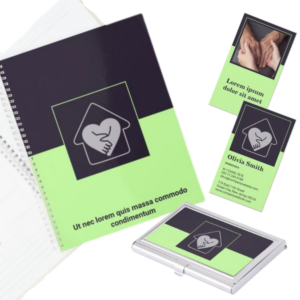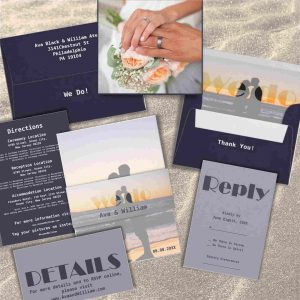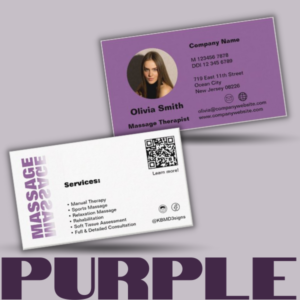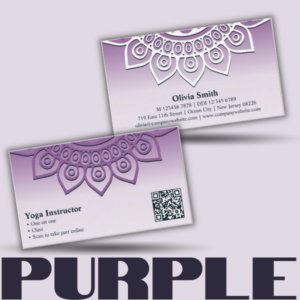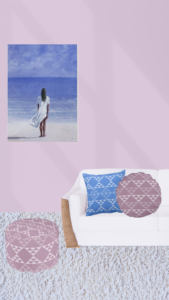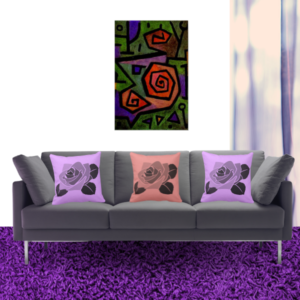What is the color purple? The color purple lies between red and blue on the visible spectrum of light. It can range from light and soft shades like lavender to dark and rich hues like eggplant. This article we will explore the color and its place within different color models, its symbolism and cultural meanings, as well as psychological impact.
Furthermore, we will explore different colors of purple with their respective #Hex codes and each shade’s best color combination. We will then dive into how different shades of purple influence living rooms. Finally, we will discuss the practical applications of the color to utilize its psychological strength. As a bonus, we’ve included three images and each of their purple color palette with #hex codes.At the end, a FAQs about “What is the Color Purple?” provides a summary about the post. So let’s begin the explorations.
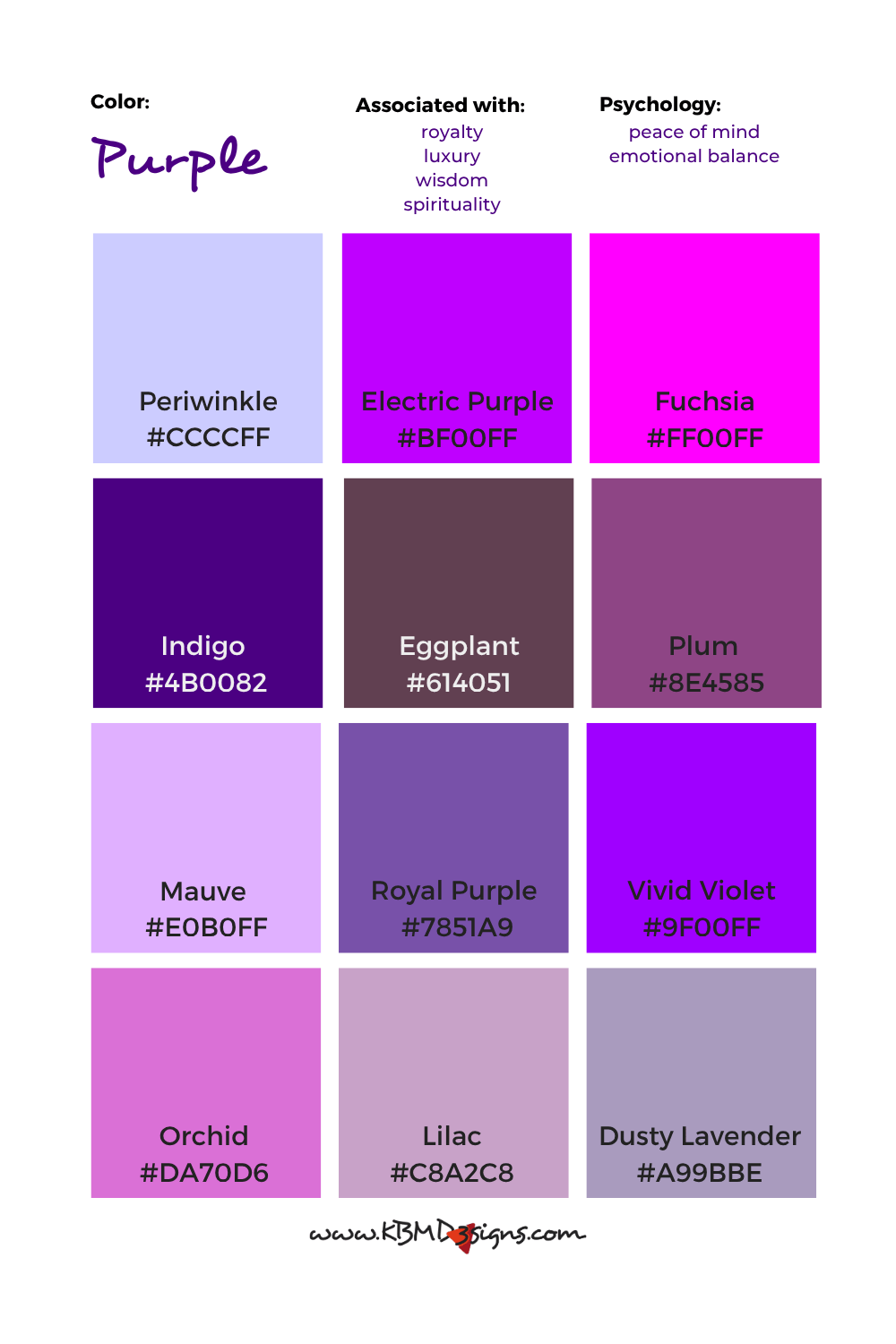
Cool purples: Lavender (#E6E6FA), Periwinkle (#CCCCFF), Indigo (#4B0082); Warm purples: Mauve (#E0B0FF), Magenta (#FF00FF), Orchid (#DA70D6); Bright purples: Electric Purple (#BF00FF), Fuchsia (#FF00FF); Dark purples: Eggplant (#614051), Plum (#8E4585); Saturated purples: Royal Purple (#7851A9), Vivid Violet (#9F00FF); Desaturated purples: Lilac (#C8A2C8), Dusty Lavender (#A99BBE).
Article Content:
- What Is The Color Purple In The Color Models
Symbolism, Cultural Meanings of Purple, and Psychological Impact - Different Colors Of Purple, Color Codes And Best Color Combination
- How Do Different Shades Influence Living Rooms?
- Purple Color Psychology and Its Practical Applications
- How to Implement Your Gained Color Insights
- Three Images, Each with Their Purple Color Palette
- Frequently Asked Questions About “What is the Color Purple”
1. What Is The Color Purple In The Color Models
RGB (Red, Green, Blue)
In the RGB color model, used for digital screens and electronic displays, purple is created by mixing red and blue light at equal intensity. The RGB values for purple can vary, but a common representation is (128, 0, 128). This means 128 parts red, 0 parts green, and 128 parts blue.
CMYK (Cyan, Magenta, Yellow, Key/Black)
In the CMYK color model, which is used in color printing, purple is made by mixing cyan and magenta inks. The exact mixture can vary depending on the shade of purple desired. For a standard purple, the CMYK values might be (50%, 100%, 0%, 0%), which indicates a 50% cyan and 100% magenta mix without yellow or black.
RYB (Red, Yellow, Blue)
In the traditional RYB color model, often used in art and design, purple is achieved by mixing red and blue pigments. This model is intuitive and has been used for centuries by artists. The proportion of red and blue can be adjusted to create different shades of purple, from a reddish violet to a deep blue-violet.
What Two Colors Make Purple?
As noted above, purple is made by combining red and blue in different proportions. The mixture of these two primary colors in either the RGB or RYB color models produces various shades of purple, depending on the exact proportions and the medium (light or pigment) used.
Complementary Color to Purple
In color theory, a complementary color is one that is opposite another on the color wheel. For purple, the complementary color is yellow. When placed next to each other, purple and yellow create a strong visual contrast and can make each other appear more vibrant.
Symbolism , Cultural Meanings and Psychological Impact of Purple
Symbolism
- Royalty and Luxury: Historically, purple dye was rare and expensive, often reserved for royalty and the elite. This association with wealth and power persists today.
- Mystery and Magic: Purple has connotations of mystery, spirituality, and magic, often seen as a color of the unknown and the mystical.
- Creativity and Imagination: Purple is also linked to creativity and the arts, inspiring imagination and innovation.
Cultural Meanings
- Western Culture: In many Western cultures, purple signifies nobility and luxury. It can also symbolize wisdom and dignity.
- Eastern Culture: In some Eastern cultures, purple is associated with spirituality and enlightenment. For example, in Japan, it signifies wealth and position, similar to its Western connotations.
- Religious Symbolism: In Christianity, purple is used during Advent and Lent to symbolize penance, preparation, and sacrifice.
- Contemporary Symbolism: Purple has also been adopted as a color representing various social causes, such as the fight against bullying (e.g., Spirit Day) and LGBT pride.
Psychological Impact
Purple can evoke a range of emotions and reactions. It is often seen as a calming and soothing color but can also stimulate the imagination and promote introspection. Light purple or lavender shades are often used in settings meant to be calming and tranquil, while deeper purples can create a sense of luxury and sophistication.
In summary, the color purple is a complex and multifaceted hue with rich historical significance and varied cultural meanings. Whether through the interplay of red and blue in digital displays, the blend of cyan and magenta in print, or the mix of pigments in art, purple continues to captivate and inspire with its depth and vibrancy.
2. Different Colors Of Purple, Color Codes And Best Color Combination
Here is a breakdown of different shades of purple, categorized by their temperature (cool or warm), brightness (bright or dark), and saturation (saturated or desaturated). Each shade includes its Hex color code and a suggested best color combination.
Cool Purples

- Lavender (#E6E6FA)
Description: Light, cool, and soft.
Best Combination: Pair with a soft green like Mint (#98FF98) for a calming effect. - Periwinkle (#CCCCFF)
Description: A pale, cool purple with a blue undertone.
Best Combination: Combine with Lemon Chiffon (#FFFACD) for a fresh and clean look. - Indigo (#4B0082)
Description: A dark, deep, and cool purple with blue undertones.
Best Combination: Contrast with a bright yellow like Gold (#FFD700) for a striking look.
Warm Purples
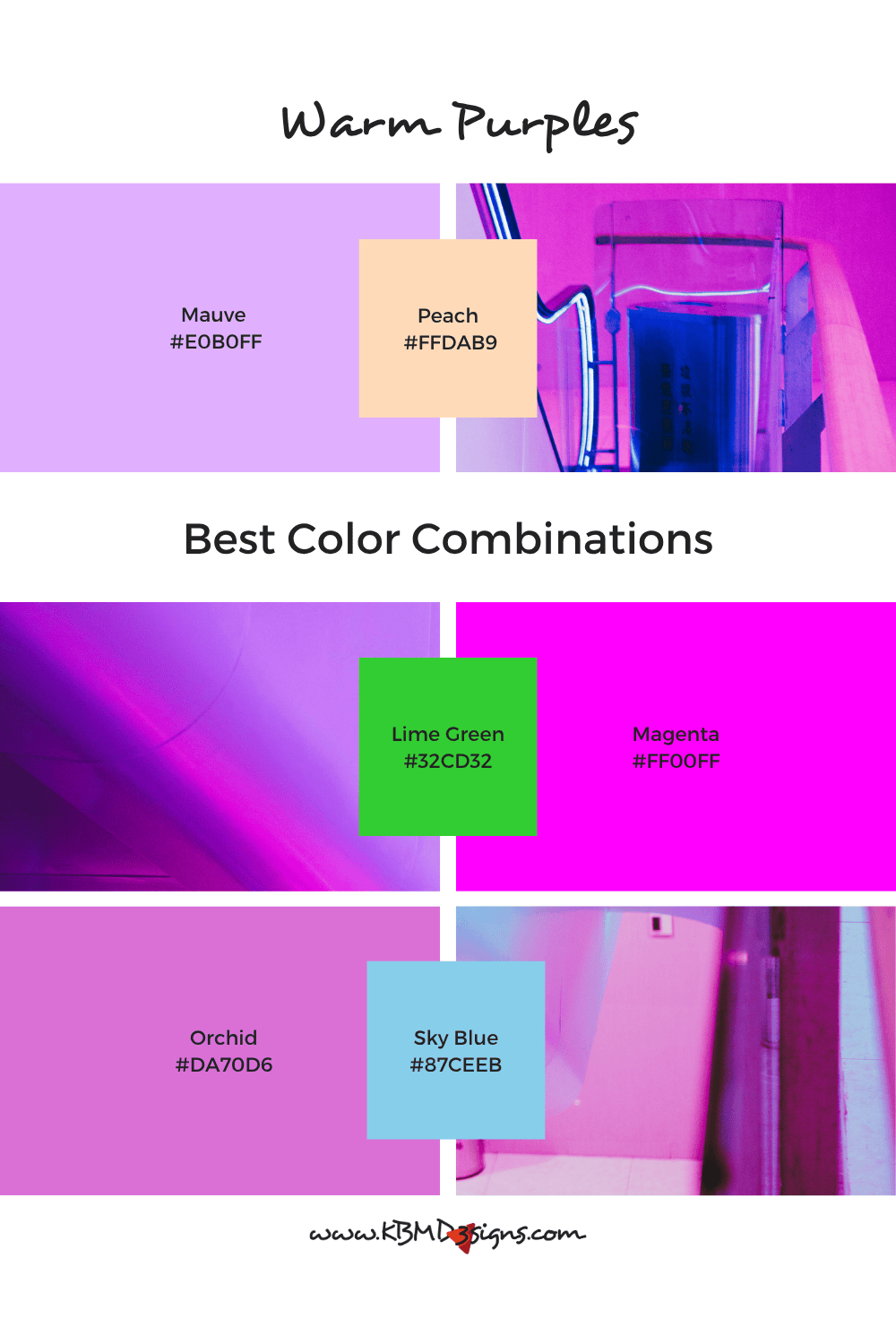
- Mauve (#E0B0FF)
Description: Light, warm, and soft with a slight pink undertone.
Best Combination: Pair with Peach (#FFDAB9) for a warm and inviting feel. - Magenta (#FF00FF)
Description: Bright, warm, and highly saturated with red undertones.
Best Combination: Combine with Lime Green (#32CD32) for a bold and vibrant look. - Orchid (#DA70D6)
Description: Bright, warm, and slightly pinkish.
Best Combination: Pair with Sky Blue (#87CEEB) for a lively and fresh combination.
Bright Purples
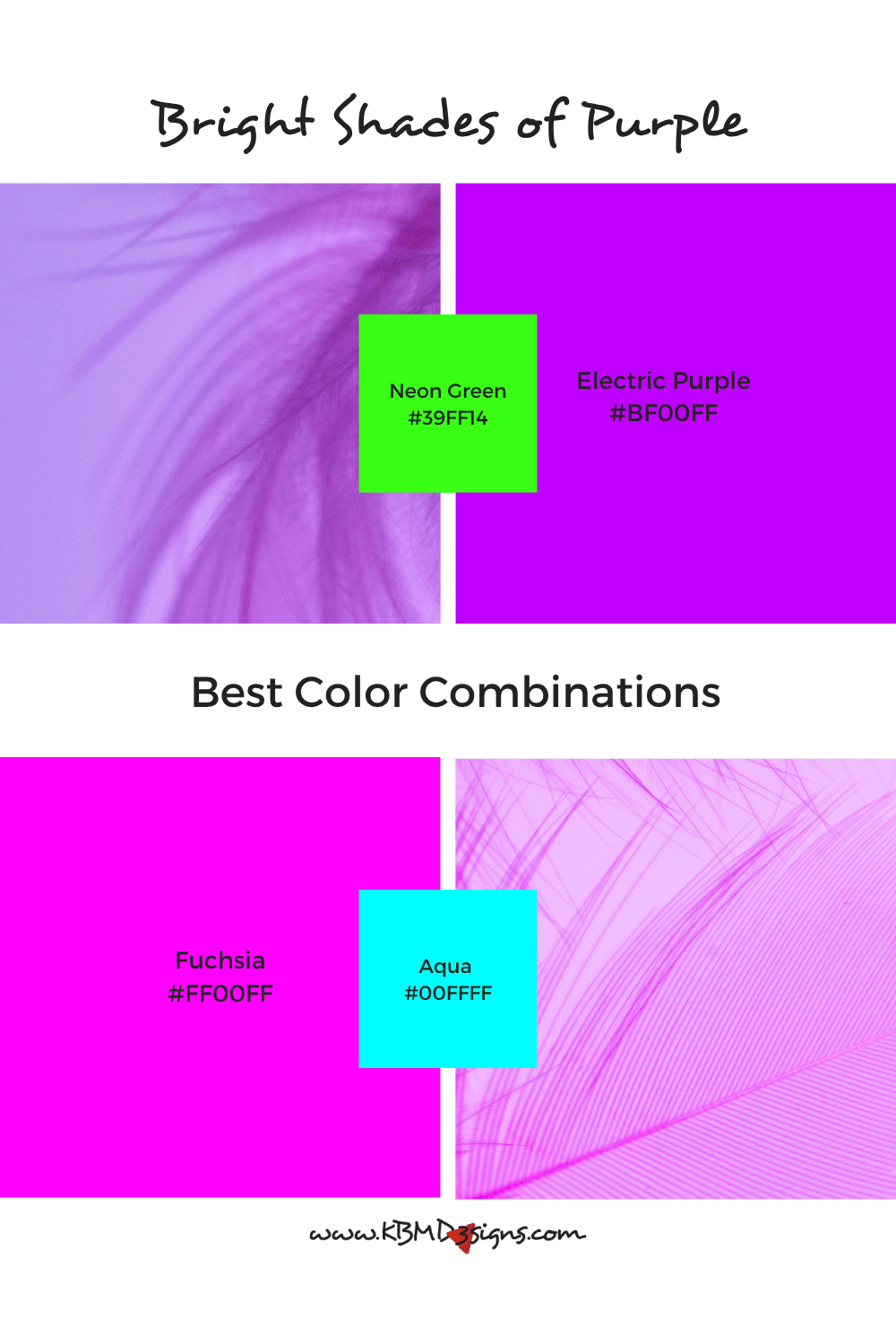
- Electric Purple (#BF00FF)
Description: Bright, vivid, and highly saturated.
Best Combination: Combine with Neon Green (#39FF14) for a high-energy and modern look. - Fuchsia (#FF00FF)
Description: Very bright and saturated with a balance of red and blue.
Best Combination: Pair with Aqua (#00FFFF) for a playful and dynamic effect.
Dark Purples

- Eggplant (#614051)
Description: Dark, rich, and muted.
Best Combination: Combine with Light Grey (#D3D3D3) for a sophisticated and balanced look. - Plum (#8E4585)
Description: Dark, warm, and slightly muted.
Best Combination: Pair with Olive Green (#808000) for a natural and earthy combination.
Saturated Purples
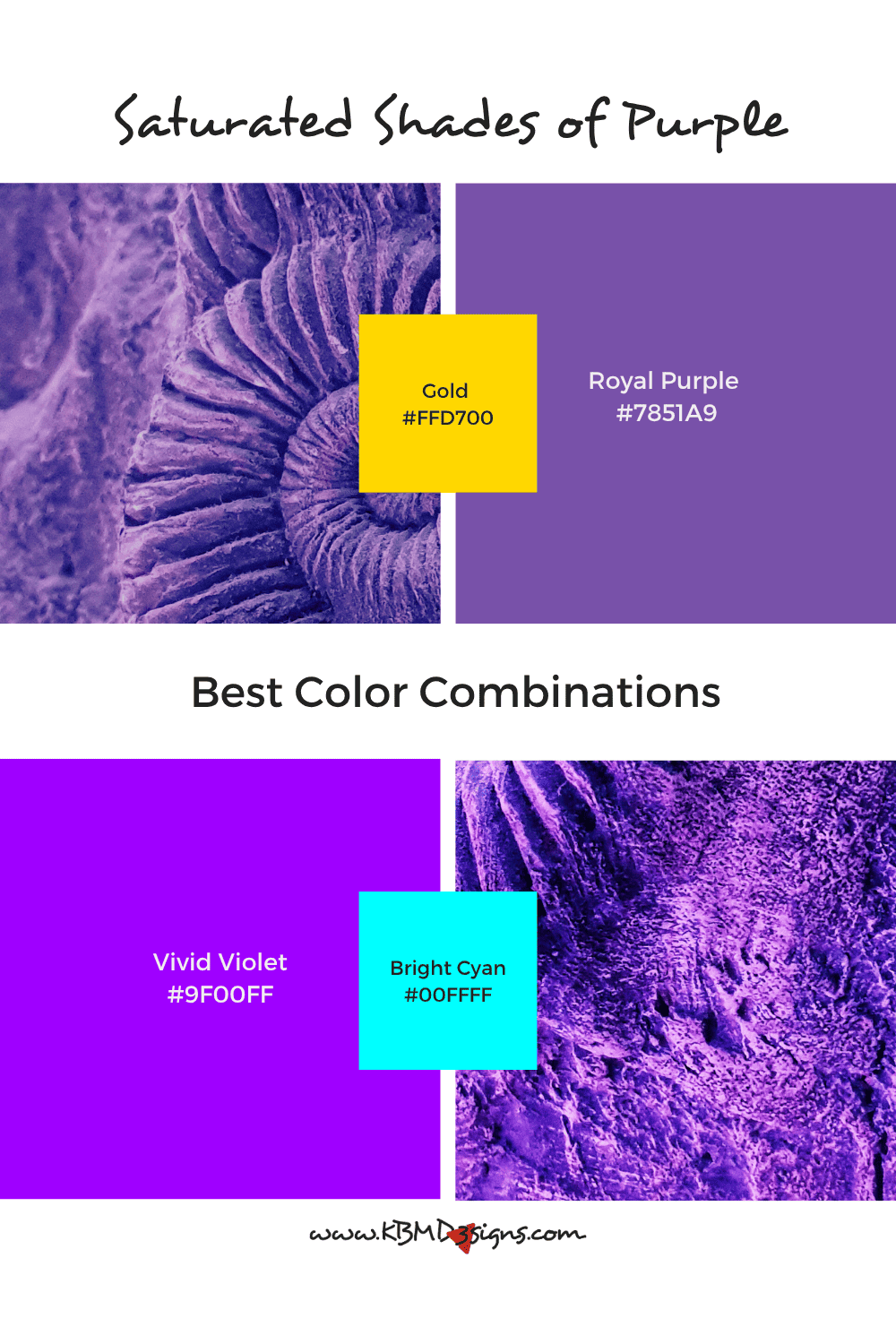
- Royal Purple (#7851A9)
Description: Rich, deep, and highly saturated.
Best Combination: Combine with Gold (#FFD700) for a luxurious and regal feel. - Vivid Violet (#9F00FF)
Description: Bright, intense, and highly saturated.
Best Combination: Pair with Bright Cyan (#00FFFF) for a striking and energetic combination.
Desaturated Purples
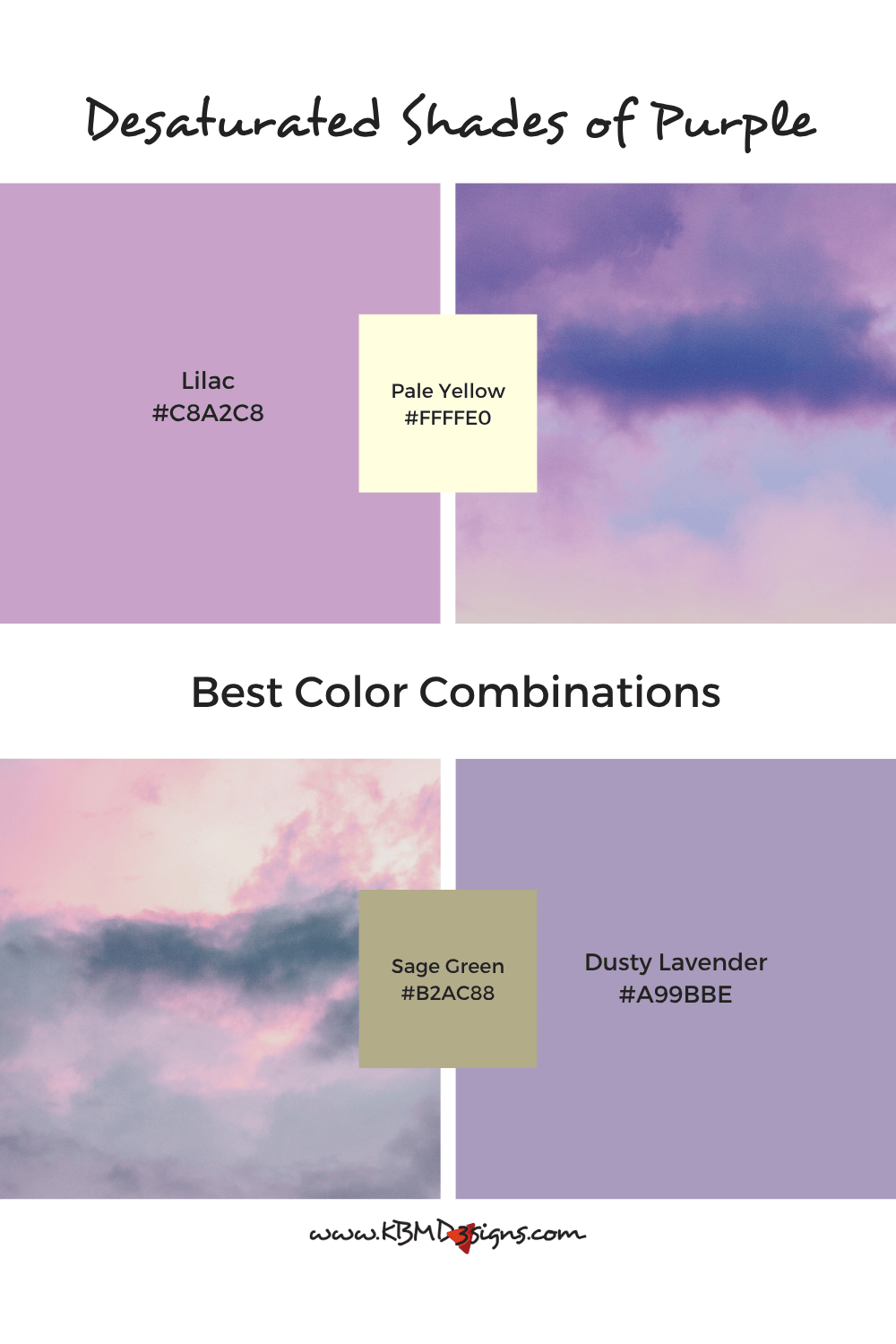
- Lilac (#C8A2C8)
Description: Light, soft, and slightly greyed.
Best Combination: Combine with Pale Yellow (#FFFFE0) for a delicate and soothing look. - Dusty Lavender (#A99BBE)
Description: Muted, soft, and desaturated.
Best Combination: Pair with Sage Green (#B2AC88) for a subtle and elegant combination.
These variations of purple provide a wide range of options for different moods, styles, and design needs. Each combination highlights the unique characteristics of the specific shade, creating harmonious and visually appealing color palettes.
3. How Do Different Shades Influence Living Rooms?
Choosing different shades of purple for a living room can significantly impact the space’s overall feel and ambiance. Here’s a look at how various shades of purple (cool, warm, bright, dark, saturated, desaturated) can affect a living room:
Cool Purples
- Lavender (#E6E6FA)
Effect: Creates a serene, calming, and airy atmosphere. Lavender is a soft and light shade that can make the living room feel more spacious and tranquil.
Best For: Relaxation areas, reading nooks, or spaces where you want to unwind. - Periwinkle (#CCCCFF)
Effect: Adds a touch of freshness and lightness. This cool shade has a soothing effect and can make the room feel more open and inviting.
Best For: Smaller living rooms or spaces with limited natural light to enhance brightness. - Indigo (#4B0082)
Effect: Provides a deep, dramatic, and sophisticated ambiance. Indigo can make a living room feel more intimate and cozy.
Best For: Larger living rooms or accent walls to add depth and richness.
Warm Purples
- Mauve (#E0B0FF)
Effect: Creates a warm, welcoming, and comforting environment. Mauve adds a subtle touch of elegance and warmth.
Best For: Living rooms where you entertain guests or want to create a cozy, homely feel. - Magenta (#FF00FF)
Effect: Brings energy, vibrancy, and excitement to the space. Magenta is bold and can make a strong statement.
Best For: Modern or eclectic living rooms where a lively and dynamic atmosphere is desired. - Orchid (#DA70D6)
Effect: Adds a lively, cheerful, and uplifting vibe. Orchid can make the living room feel more vibrant and stylish.
Best For: Contemporary living rooms or spaces where you want to incorporate a playful touch.
Bright Purples
- Electric Purple (#BF00FF)
Effect: Creates a bold, energetic, and modern feel. Electric purple can make the living room stand out and feel more dynamic.
Best For: Accent pieces, feature walls, or contemporary spaces to add a pop of color. - Fuchsia (#FF00FF)
Effect: Adds a sense of fun, playfulness, and vibrancy. Fuchsia can invigorate the space and make it feel more lively.
Best For: Living rooms with a youthful or eclectic design, or spaces where you want to encourage social interaction.
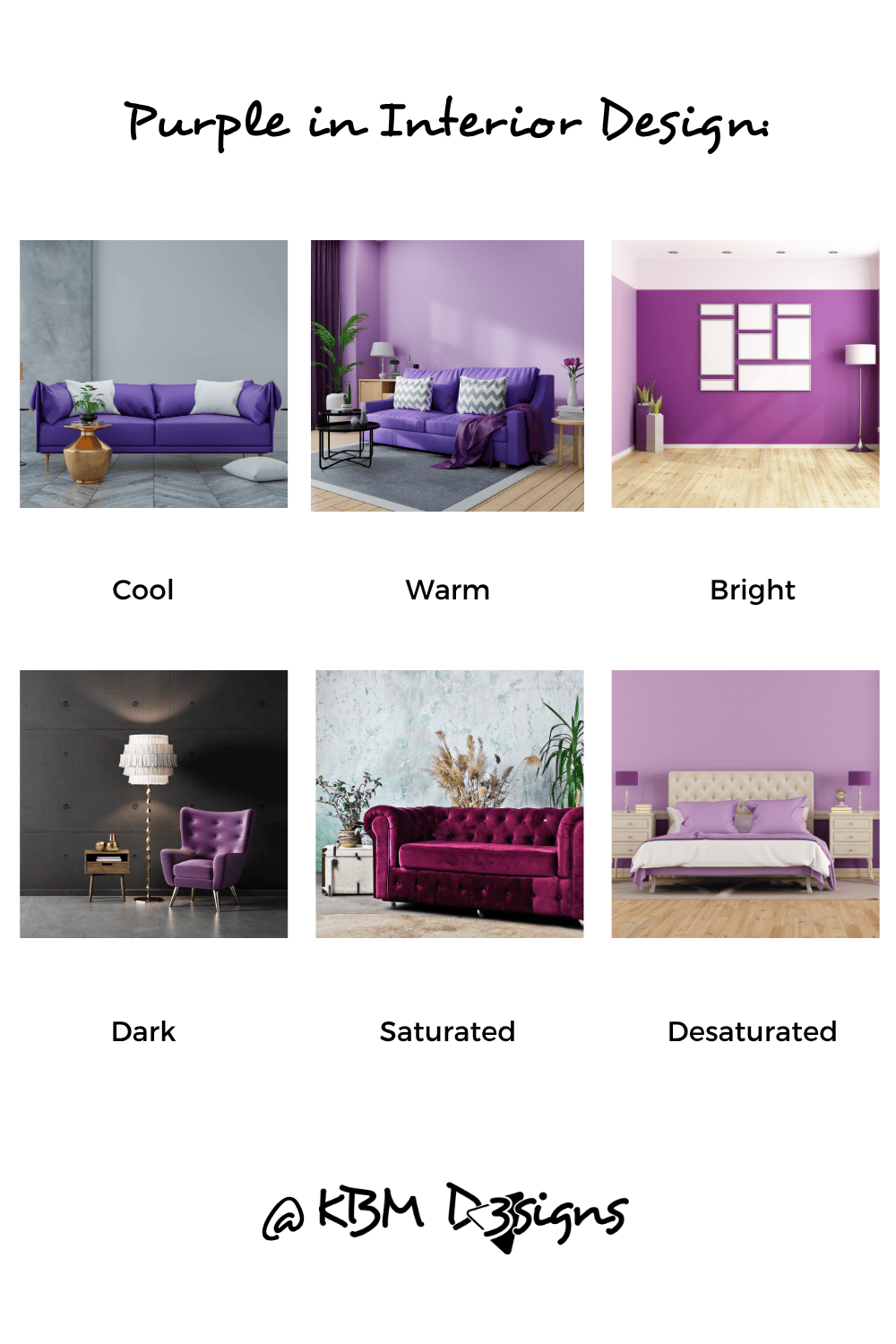
Dark Purples
- Eggplant (#614051)
Effect: Provides a rich, luxurious, and cozy atmosphere. Eggplant can make the living room feel more intimate and sophisticated.
Best For: Larger living rooms, accent walls, or areas where you want to create a sense of warmth and elegance. - Plum (#8E4585)
Effect: Conveys warmth, depth, and comfort. Plum can add a touch of opulence and make the space feel more inviting.
Best For: These spaces may be traditional, classic, or designed to provide a touch of luxury.
Saturated Purples
- Royal Purple (#7851A9)
Effect: Creates a regal, elegant, and majestic feel. Royal purple can add a sense of sophistication and richness to the living room.
Best For: Formal living rooms, or spaces where you want to incorporate a luxurious and opulent design. - Vivid Violet (#9F00FF)
Effect: Adds a bold, energetic, and eye-catching presence. Vivid violet can make the living room feel more vibrant and dynamic.
Best For: Modern or contemporary spaces, or those requiring a striking visual impact.
Desaturated Purples
- Lilac (#C8A2C8)
Effect: Creates a soft, soothing, and calming environment. Lilac can make the living room feel more gentle and peaceful.
Best For: These are areas or spaces designed to provide a light and airy ambience. - Dusty Lavender (#A99BBE)
Effect: Provides a subtle, muted, and elegant ambiance. Dusty lavender can make the living room feel more refined and understated.
Best For: This is a design concept for a transitional or minimalist living room, which incorporates a touch of color in a way that does not overpower the space.
In conclusion, choosing the right shade of purple for your living room depends on the desired atmosphere. Cool purples create a tranquil ambience, warm purples add coziness, bright purples inject energy, dark purples convey sophistication, saturated purples convey luxury, and desaturated purples provide elegance. Each shade has the unique ability to transform the living room into a space that reflects the desired mood and style.
4. Purple color psychology and its practical Applications
Purple is a color with rich psychological and cultural connotations, and its use can have a profound impact in various fields. Here’s a detailed look at purple color psychology and its practical applications in art, interior design, branding, birthdays, weddings, and other areas.
Purple Color Psychology
1. Mystery and Magic: Purple is often associated with the mystical and the supernatural, evoking a sense of mystery and magic.
2. Luxury and Royalty: Historically, purple dye was expensive and reserved for royalty and the elite, leading to its association with wealth, power, and luxury.
3. Creativity and Imagination: Purple stimulates the imagination and is linked to creativity, making it a favorite among artists and designers.
4. Calm and Tranquility: Lighter shades of purple, like lavender, are calming and are often used in environments intended for relaxation.
5. Spirituality: Purple has spiritual connotations, representing wisdom, dignity, and a connection to the higher self.
Practical Applications
Art
- Expression of Emotion: Artists use purple to convey a range of emotions, from the deep introspection of dark purples to the gentle calmness of light purples.
- Visual Impact: Purple can create striking visual effects, making it a popular choice for abstract and surreal art.
- Symbolism: In religious or symbolic art, purple can represent themes of spirituality, transformation, and enlightenment.
Interior Design
- Relaxation Spaces: Light purples like lavender and lilac are ideal for bedrooms and meditation areas due to their calming effect.
- Luxurious Atmospheres: Darker shades like eggplant and plum add a sense of opulence and sophistication to living rooms and dining areas.
- Accent Colors: Bright purples can be used as accent colors to add vibrancy and energy to a space, making them suitable for modern and eclectic interiors.
Branding
- Luxury Brands: Purple is often used by high-end brands to convey a sense of luxury, exclusivity, and quality.
- Creative Industries: Brands in the creative industry, such as design studios and art supplies, use purple to highlight their imaginative and innovative approach.
- Health and Wellness: Light purples are popular in the wellness industry, symbolizing tranquility, healing, and holistic health.
Birthdays
- Themes and Decorations: Purple is a versatile color for birthday themes, suitable for both adults and children. It can be combined with other colors like gold or silver for an elegant look or with bright colors for a fun, festive atmosphere.
- Personalization: Using purple in birthday decorations can convey the personality of the celebrant, especially if they are known for their creativity or love for unique styles.
Weddings
- Romantic Ambiance: Purple flowers, table settings, and lighting can create a romantic and enchanting atmosphere.
- Versatility in Themes: From vintage and bohemian to modern and luxurious, purple fits a wide range of wedding themes.
- Symbolic Meanings: Purple in weddings can symbolize loyalty, wealth, and deep love, making it a meaningful choice for the big day.
Other Applications
- Fashion: Purple is a bold and stylish choice in fashion, often used to make a statement or to convey a sense of sophistication and uniqueness.
- Cosmetics: Purple shades are popular in makeup, especially in eyeshadows and lip colors, to create dramatic and eye-catching looks.
- Seasonal Decorations: Purple is a popular choice for Halloween decorations due to its mysterious and magical connotations, and for spring decor due to its fresh and blooming appeal.
Conclusion
Purple’s rich psychological connotations and its versatility make it a powerful color in various practical applications. Whether used to create a calming environment, convey luxury and creativity, or add a touch of magic and mystery, purple continues to be a favorite choice in art, interior design, branding, celebrations, and beyond. By understanding and utilizing the unique qualities of different shades of purple, one can effectively enhance the desired mood and impact in any setting.
5. How to Implement Your Gained Color Insights
The Color Applied
After exploring the world of purple with its rich psychological, cultural connotations, and its various shades, you may be wondering how to apply these color insights effectively. At KBM D3signs, we collaborate with Zazzle, a print-on-demand platform, to offer customizable products where you can apply your newfound color knowledge. Zazzle’s color picker allows you to select hues intuitively, or you can enter specific #Hex codes for precise color matching.
The following gallery showcases a range of purple-themed products designed by KBM D3signs. Some items serve as templates, ready for you to personalize with your text or images. This applies in particular to the small business items in the CocoonIt store, the birthday invitations in the Colorcocktail store, and the wedding invitations in the PlanToWed store. Others offer customizable background or pattern colors through an easy edit link. This applies to our wall and home decor items in the FallForIt and TakeaDip store.
Please click on the links below to view the relevant product collections on Zazzle. The showcased images were taken from the respective collections.
- Home care marketing package
- Polka dot bathroom decor
- Set of two cat wall decor
- We do wedding invitation suit
- Cleaner business cards in purple
- Lawyer, massage, business card
- Yoga business card
- Florist business card
- “Water is Life!” wall decor
- Coastal art print by Lincoln Seligman and pillows
- Paul Klee Roses art print and rose pillows
- Gustav Klimt “Mada Primavesi” print and purple and sand colored pillows
The showcased images feature the the color purple used in designs by KBM D3signs across our template designs.
Visit the KBM D3signs store on Zazzle’s Pod platform!
Each template allows you to customize the fill and element colors, as well as replace the text and image placeholders. Contact KBM D3signs for help with customization or design transfer.If you can’t find a design that aligns with your vision but are interested in influencing the design outcome, explore the Zazzle Marketplace.
Alternatively start and design from scratch!
KBM D3signs uses these color tools to match colors.
6. Three Images, Each with Their Purple Color Palette
Here are three purple images showcasing their impressive color palettes. Each image includes its own hexadecimal color code. We’ve included them as an inspiration for you to use in your own home decor, birthday or wedding invitation, or even to implement into your business branding.
First, the violet palette taken from a lavender close-up.
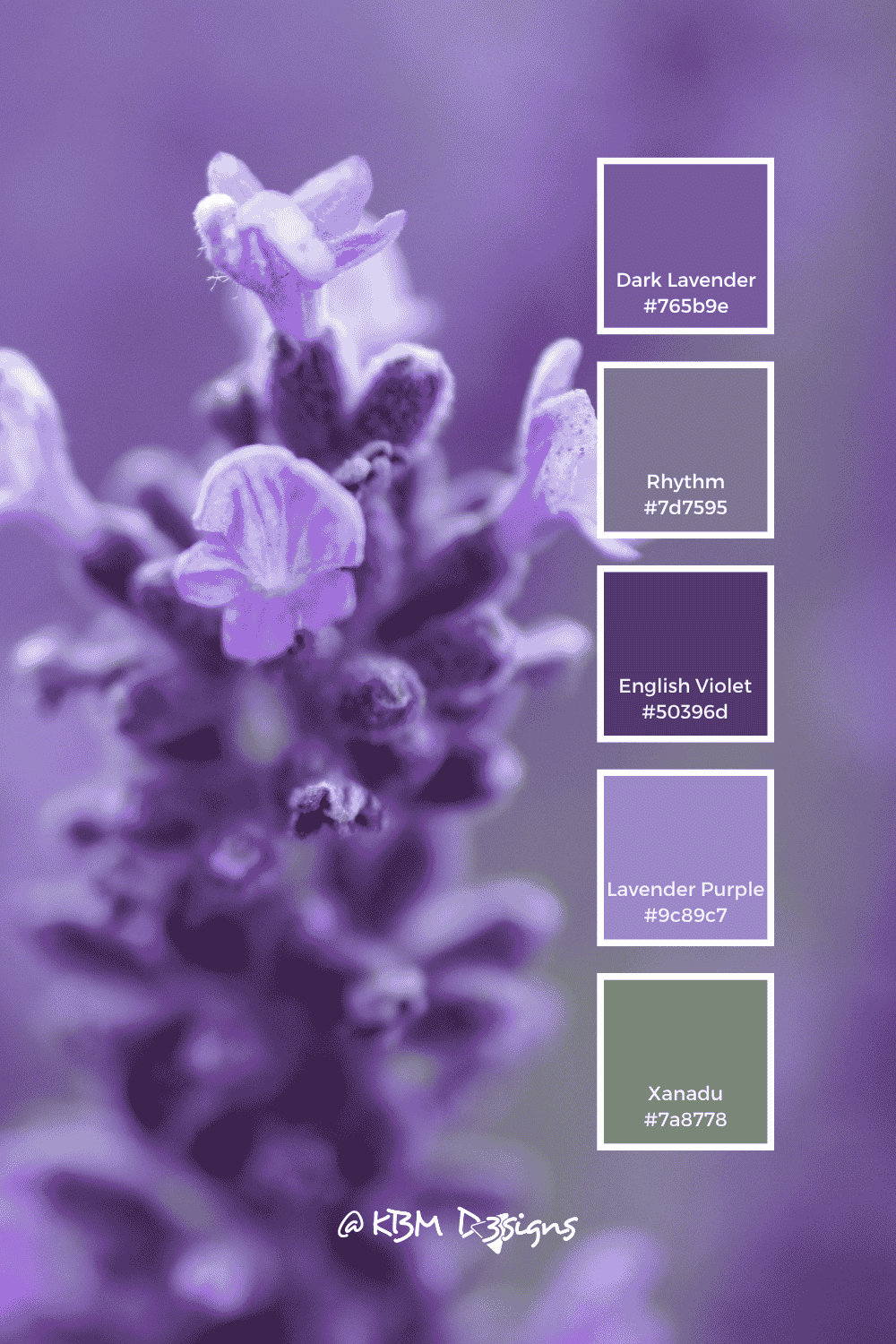
Dark Lavender #765b9e, Rhythm #7d7595, English Violet #50396d, Lavender Purple #9c89c7, Xanadu #7a8778
Second, a purple amethyst agate reflecting a range of hues from purple to violet, lavender and lilac.
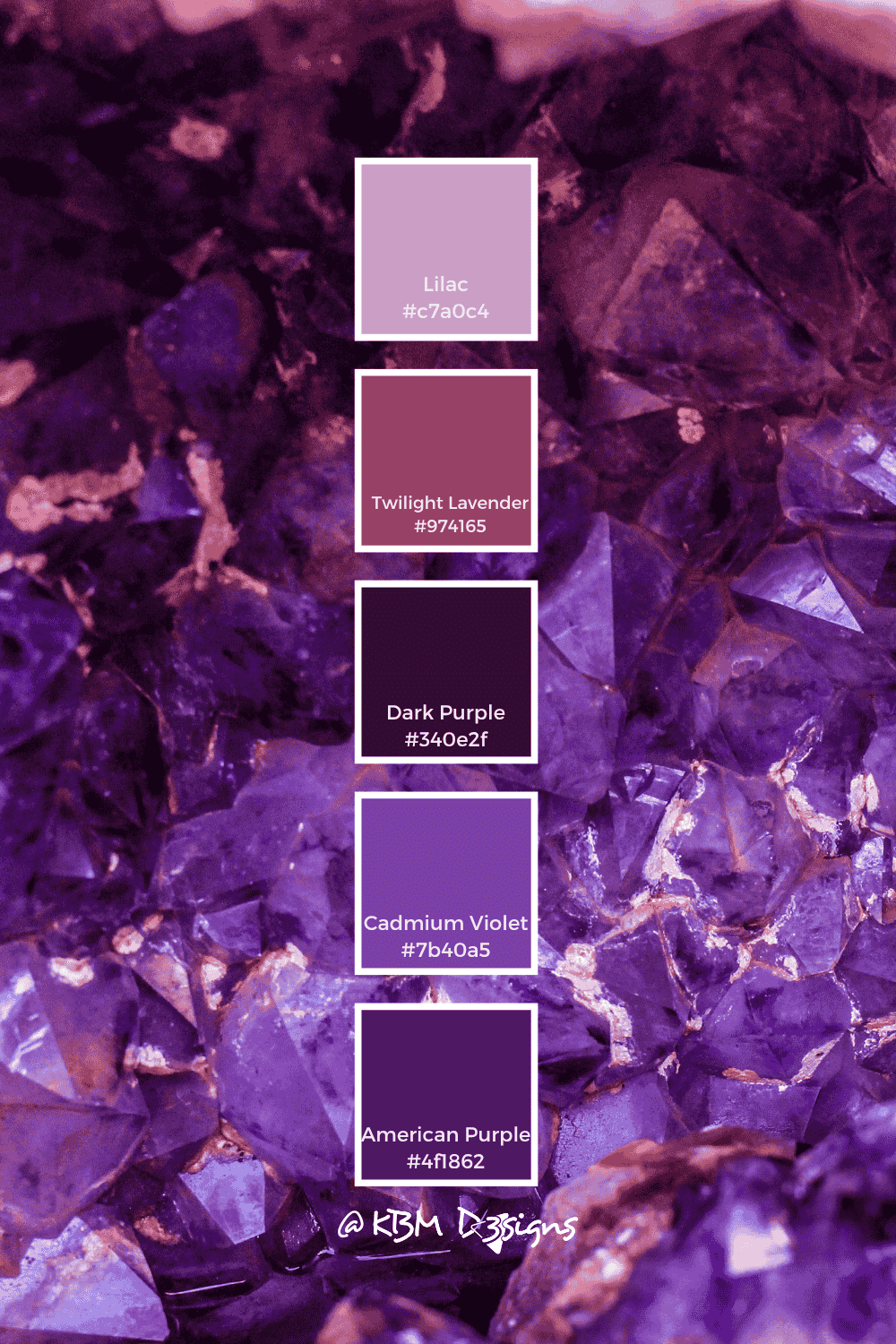
American Purple #4f1862, Cadmium Violet #7b40a5, Dark Purple #340e2f, Twilight Lavender #974165, Lilac #c7a0c4
Third, the image shows a dreamy purple under waterscape with a curious clown fish in vibrant purple hues.
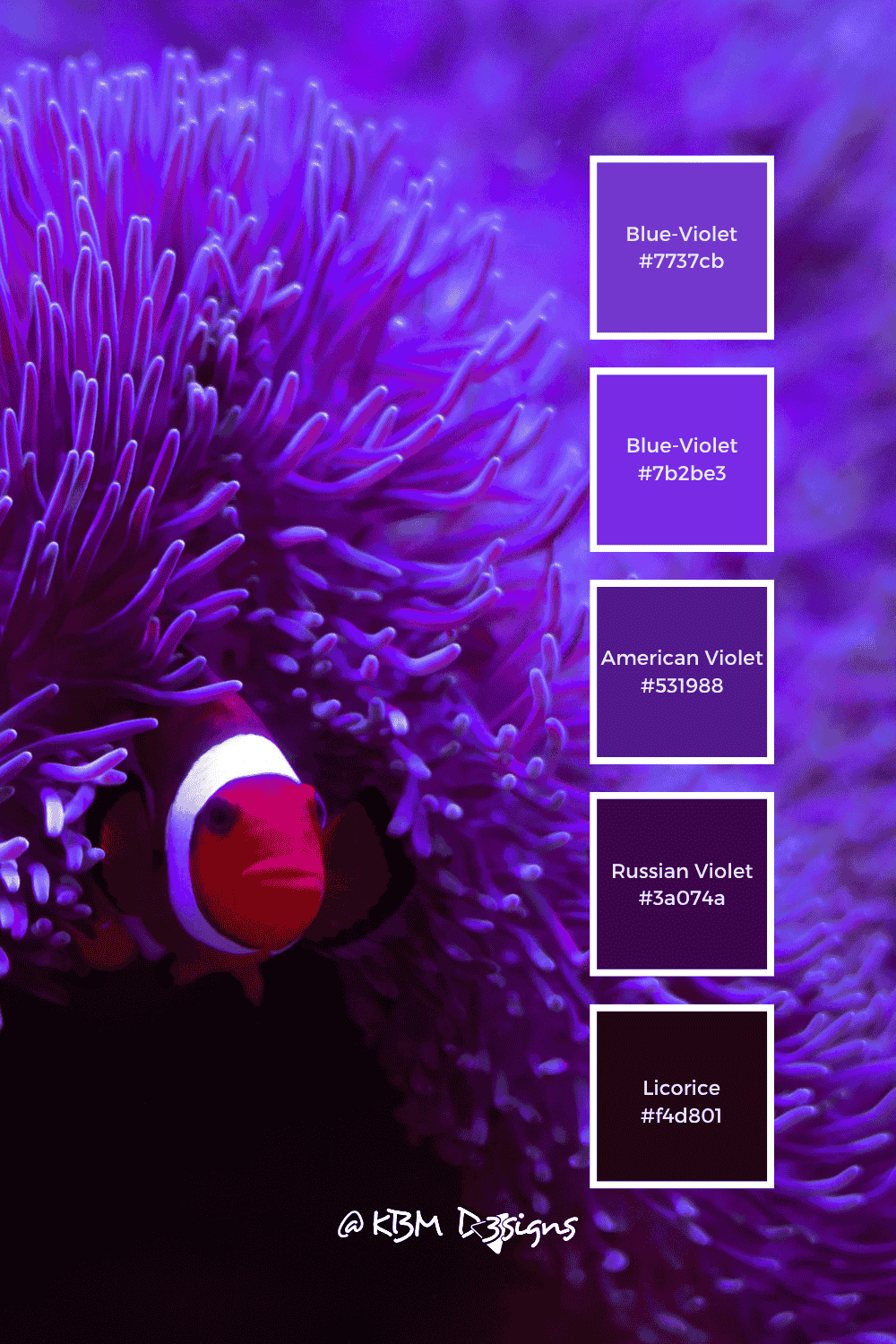
Blue-Violet #7737cb, Blue-Violet #7b2be3, American Violet #531988, Russian Violet #3a074a, Licorice #f4d801
To pick colors from images and create a palette, we load the image in question up to the image picker from Coolors.
7. Frequently Asked Questions About “What is the Color Purple”
Purple is a color that lies between red and blue on the visible spectrum of light. It can range from light and soft shades like lavender to dark and rich hues like eggplant.
RGB (Red, Green, Blue): Purple is made by mixing red and blue light at equal intensity (e.g., RGB value: 128, 0, 128).
CMYK (Cyan, Magenta, Yellow, Black): Purple is created by mixing cyan and magenta inks (e.g., CMYK value: 50%, 100%, 0%, 0%).
RYB (Red, Yellow, Blue): Purple is achieved by mixing red and blue pigments.
Purple is the result of mixing red and blue.
The complementary color to purple is yellow. They are opposite each other on the color wheel and create a strong visual contrast.
Royalty and Luxury: Historically associated with wealth and power.
Mystery and Magic: Linked to the mystical and supernatural.
Creativity and Imagination: Stimulates creative thinking.
Spirituality: Represents wisdom, dignity, and spirituality.
Cool Purples (e.g., Lavender): Create a calm and serene atmosphere.
Warm Purples (e.g., Mauve): Add warmth and coziness.
Bright Purples (e.g., Fuchsia): Bring energy and vibrancy.
Dark Purples (e.g., Eggplant): Offer sophistication and intimacy.
Saturated Purples (e.g., Royal Purple): Convey luxury and elegance.
Desaturated Purples (e.g., Lilac): Provide subtlety and tranquility.
Luxury Brands: To convey exclusivity and quality.
Creative Industries: To highlight innovation and imagination.
Health and Wellness: To symbolize tranquility and healing.
Purple is an ideal choice for creating a romantic and enchanting ambience, suitable for a wide range of themes from vintage to modern. It symbolizes loyalty and deep love, making it an excellent fit for a variety of occasions.
Purple is an effective color for evoking a range of emotions, creating impact, and symbolizing mystical or spiritual themes.
Purple can evoke feelings of calm, stimulate creativity, and suggest luxury and sophistication. Different shades can either relax or energize a space.
Lavender (#E6E6FA): Light and calming.
Periwinkle (#CCCCFF): Pale and fresh.
Indigo (#4B0082): Dark and sophisticated.
Mauve (#E0B0FF): Warm and welcoming.
Magenta (#FF00FF): Bright and energetic.
Orchid (#DA70D6): Cheerful and stylish.
Electric Purple (#BF00FF): Bold and modern.
Eggplant (#614051): Rich and luxurious.
Royal Purple (#7851A9): Regal and elegant.
Lilac (#C8A2C8): Soft and tranquil.
Western Culture: Signifies nobility, luxury, and wisdom.
Eastern Culture: Represents spirituality and enlightenment.
Religious Symbolism: Used in Christianity during Advent and Lent for penance and preparation.
Contemporary Symbolism: Linked to social causes like anti-bullying and LGBT pride.
-
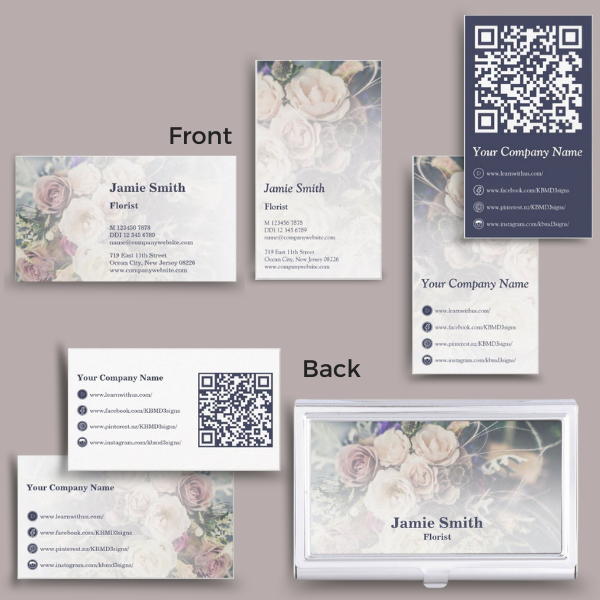
How to Create a Florist Business Card That Will Make a Lasting Impression
Read the post …: How to Create a Florist Business Card That Will Make a Lasting Impression -

A Kids Painting Birthday Party at Home Makes Unforgettable Fun
Read the post …: A Kids Painting Birthday Party at Home Makes Unforgettable Fun -
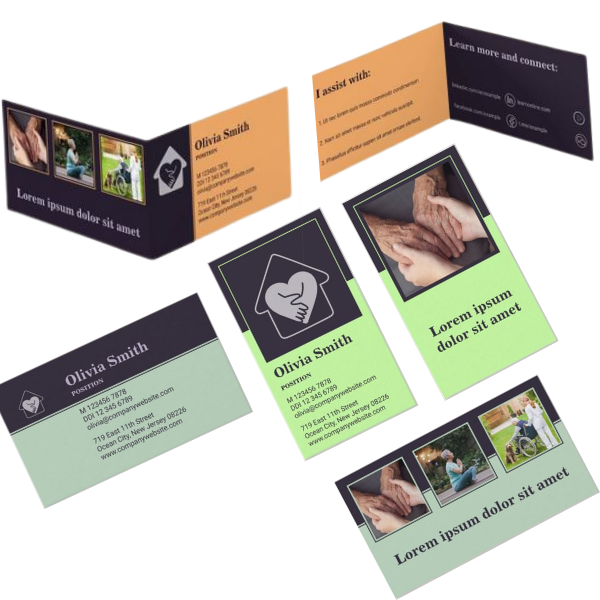
Professional Home Care Business Card And Marketing Materials
Read the post …: Professional Home Care Business Card And Marketing Materials


